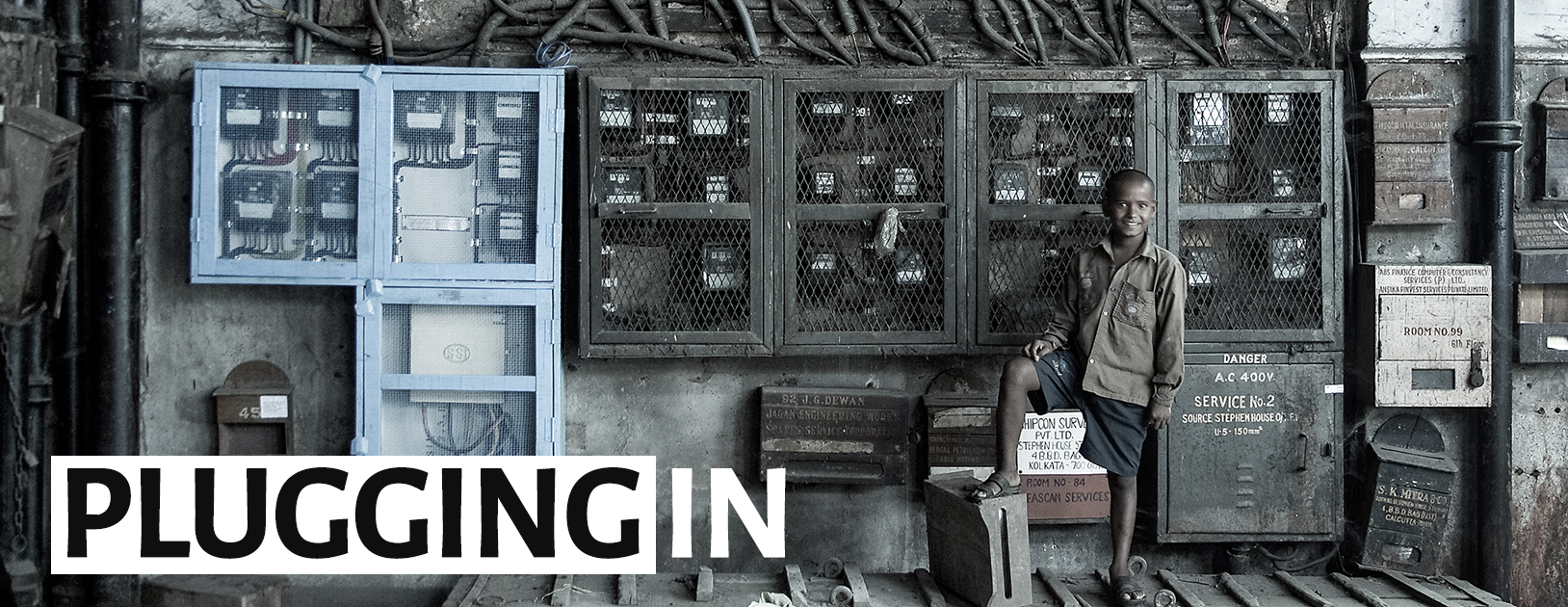Electricity use in Indian homes – from lights, ceiling fans, televisions, refrigerators, among other appliances – has increased 50 times between today and 1971 (seen in Figure 1), even though India’s per capita residential electricity consumption is less than a third of the world average. Residential electricity now outpaces growth in industrial, commercial and agriculture sectors. This striking statistic is on the increase, as India moves towards one of the largest urban transitions in history in the coming decades. What is the implication of this transition for household electricity use, as the urban population grows and income levels rise? What do we know about how electricity is currently used in homes across the country? And what drives our dramatically changing consumption patterns?
These questions form the basis of a new series on residential electricity consumption, jointly authored by the Centre for Policy Research, New Delhi and the Prayas (Energy Group), Pune. In a weekly post for the next two months, CPR and Prayas will provide research findings on the nature of India’s residential electricity use. These findings draw from recently published work, and from new research that will be published in the next few months.
Specifically, the CPR findings are based on two new energy services surveys: 700 households in affordable housing units in Rajkot; and 5500 households representative of the National Capital Region or the broader Delhi area. The Prayas findings draw from two recent reports: a study to analyse the impacts of India’s large-scale LED bulb market transformation programme; and review of trends in India’s residential electricity consumption.
This series has two motivations:
- First, is the sheer scale of residential growth and the challenge of meeting this demand in a sustainable manner. India’s residences, which avail modern energy services such as cooling, clean cooking, lighting, and media access are predicted to account for 85% of the country’s floor space by 2050. The population’s development and lifestyle needs, coupled with the government’s aim to provide uninterrupted electricity to all homes by 2019, is projected to increase electricity consumption five to six times between 2014 and 2030. A combination of rapid electrification, increasing incomes, and technological development will result in people buying more appliances and using more electricity to run them. Already, the residential sector uses about 25% of the country’s total current electricity consumption (with a nine per cent growth in 2015-16) – at a time when less than a quarter of all households do not have an electricity connection and those that do face frequent power cuts.
Figure 1: Trend in Residential Electricity Consumption in India (1971-2015). Decimals are approximated to their closest whole numbers.
Source: Ministry of Statistics and Programme Implementation (MOSPI) & Central Electricity Authority (CEA) data
- The second motivation is that in spite of the scale of current and future residential electricity use, an understanding of household consumption patterns and their drivers is limited. There is scarce publicly available data on the issue – evidenced by Figure 2, which shows how different studies predict dramatically different scenarios for the extent to which residential electricity use will grow. This large variation stems from differing methods, base-years and assumptions, even in business-as-usual cases. Variations also exist between government estimates, as seen by the difference in projections from the 18th and 19th Electric Power Survey (of India’s Central Electricity Authority). This uncertainty in future demand estimates is a significant barrier to strategic energy and climate planning. Beyond quantitative data, we also lack an understanding of the social and political processes conditioning electricity consumption such as appliance purchasing decisions, success of efficiency policies, and electricity use and conservation behaviour. A rigorous understanding of residential consumption is essential for designing effective and credible energy efficiency programmes, optimising planning of power capacity addition, and to adequately adapt to changing business models and technologies.
Figure 2: Projections from various studies (Base case scenarios)
The scale of increased residential demand, the uncertainty in the extent to which it could increase, and the urban and demographic transitions underway make future electricity needs not only immense, but also potentially malleable. If unaddressed, this demand will put serious constraints on already stretched national resources, posing serious social, local environmental and climate change related burdens. But if considered strategically, the increased demand could be an opportunity – to lock-in an energy efficient and low-carbon development path. More so, demand-side interventions could substantially reduce the requirements of energy supply, bypass the structural inefficiencies and financial losses prevalent in electricity distribution, and shape path-dependent consumption trajectories.
But in order to do so, the first step is understanding in detail how electricity is used today and the services that households seek the most. This new series aims to shed light on this question.
In the next blog, we will look at the broad trends of residential electricity consumption across different states in India and also highlight the disparity of electricity consumption at the household level. The Prayas website can be accessed here.
We would be grateful for your feedback on this series and request you to answer this short 5-minute survey.
The authors of this piece are Radhika Khosla (CPR) and Aditya Chunekar (Prayas).
To subscribe to email updates on the series, click here.
Other posts in this series:
- Trends in India’s Residential Electricity Consumption
- India’s LED Lighting Story
- Illuminating Affordable Homes
- The Efficiency of Appliances
- Appliances used in Affordable Housing
- Electrifying the National Capital Region
- Exploring the different uses of household appliances
- Role of human behaviour in driving electricity use


